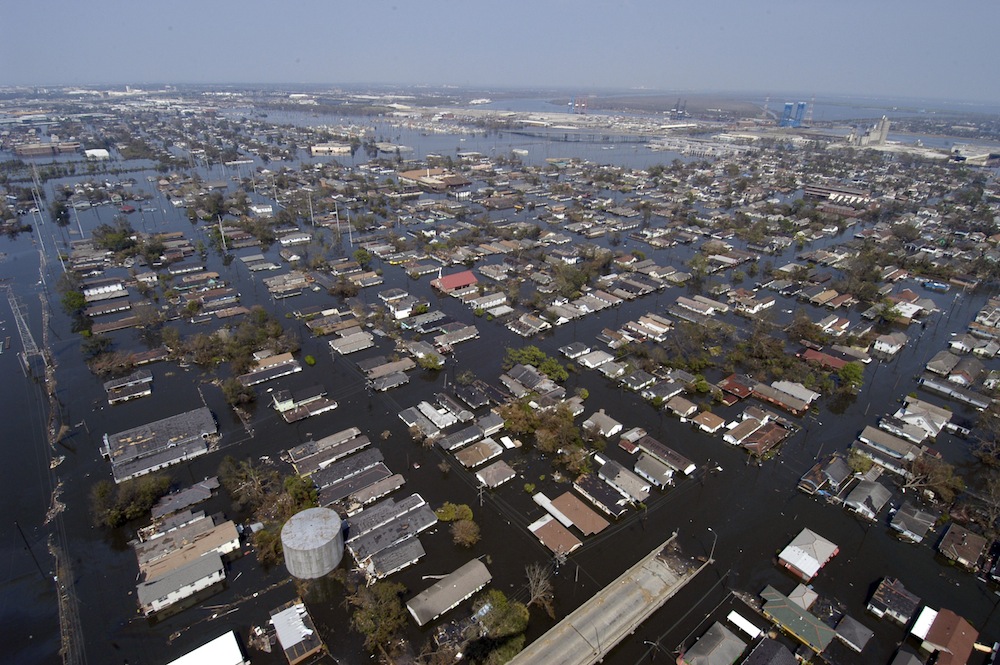New research by the Insurance Institute for Business & Home Safety (IBHS) indicates that stronger building standards and codes have contributed to stronger roofs in the Gulf Coast region.
In the 10 years after Katrina, Alabama, Louisiana and Mississippi, have also added tougher requirements for inspections, building permits, and contractor licensing. Combined with beefed up codes, this is good news for the resiliency of buildings in the region, IBHS says.
IBHS researchers examined changes specific to roofing requirements by evaluating and analyzing key aspects of roofing regulations, including codes, contractor licensing, permits, and inspections. Building codes have substantially improved, with 100% of surveyed jurisdictions currently enforcing either the 2012 or 2009 edition of the International Residential Code (IRC). Prior to Katrina, only about one-third (36%) of coastal communities surveyed were known to enforce the IRC.
In addition to enactment and enforcement of the latest building codes, IBHS recommendations for hurricane-exposed communities include adoption of IBHS FORTIFIED HomeTM–Hurricane superior roofing construction standards. These standards provide increased resilience through stronger construction techniques, and were specifically developed for these locations.
Related Stories
| Sep 11, 2013
White paper examines Joint Commission requirements for NFPA codes in healthcare
The healthcare industry has experienced great attention from The Joint Commission concerning fire and life safety issues.
| Sep 11, 2013
San Francisco expected to drop firefighter air tank refilling station rule for skyscrapers
San Francisco is poised to drop a requirement that skyscrapers have refill stations so firefighters can recharge their air tanks during a blaze. The city has required that new high-rises have the air refill systems for about ten years.
| Sep 5, 2013
State legislatures continue to raise the bar on green school construction
Since the beginning of 2013, the USGBC has followed more than 125 bills across 34 states that seek to advance healthy, high-performing schools.
| Sep 5, 2013
Construction industry groups create coalition to respond to new OSHA silica rule
A group of 11 construction trade associations has created the Construction Industry Safety Coalition in response to the Occupational Safety and Health Administration’s (OSHA) proposed rule on silica for the construction industry.
| Sep 5, 2013
Red tape delays California county jail construction projects
California authorized $1.2 billion for jail construction in 2007, but not a single county in the state has completed a jail project since then.
| Sep 5, 2013
New CM-at-risk and design-build options create controversy in Ohio
Some contractors say Ohio's new system puts small and midsize construction companies at a disadvantage.
| Sep 5, 2013
Outdated codes slowed disaster recovery in Tuscaloosa, Ala.
Outdated building codes and lack of a master plan slowed the initial rebuilding stage after a devastating tornado leveled parts of Tuscaloosa, Ala. in 2011, according to the city’s mayor.
| Aug 28, 2013
Building collapse prompts legislation to beef up demolition regulations in Philadelphia
Philadelphia City Council will introduce legislation next month to strengthen the regulation of building demolition practices.
| Aug 28, 2013
Rules requiring contractors to boost hiring of veterans criticized
Some businesses are pushing back against proposed rules requiring federal contractors to step up their hiring of returning military service personnel.
| Aug 28, 2013
OSHA moves to reduced exposure to crystalline silica
Under a proposal from the Occupational Safety and Health Administration, the new permissible exposure limit to crystalline silica per cubic meter of air could be changed from 250 micrograms to 50 micrograms.















